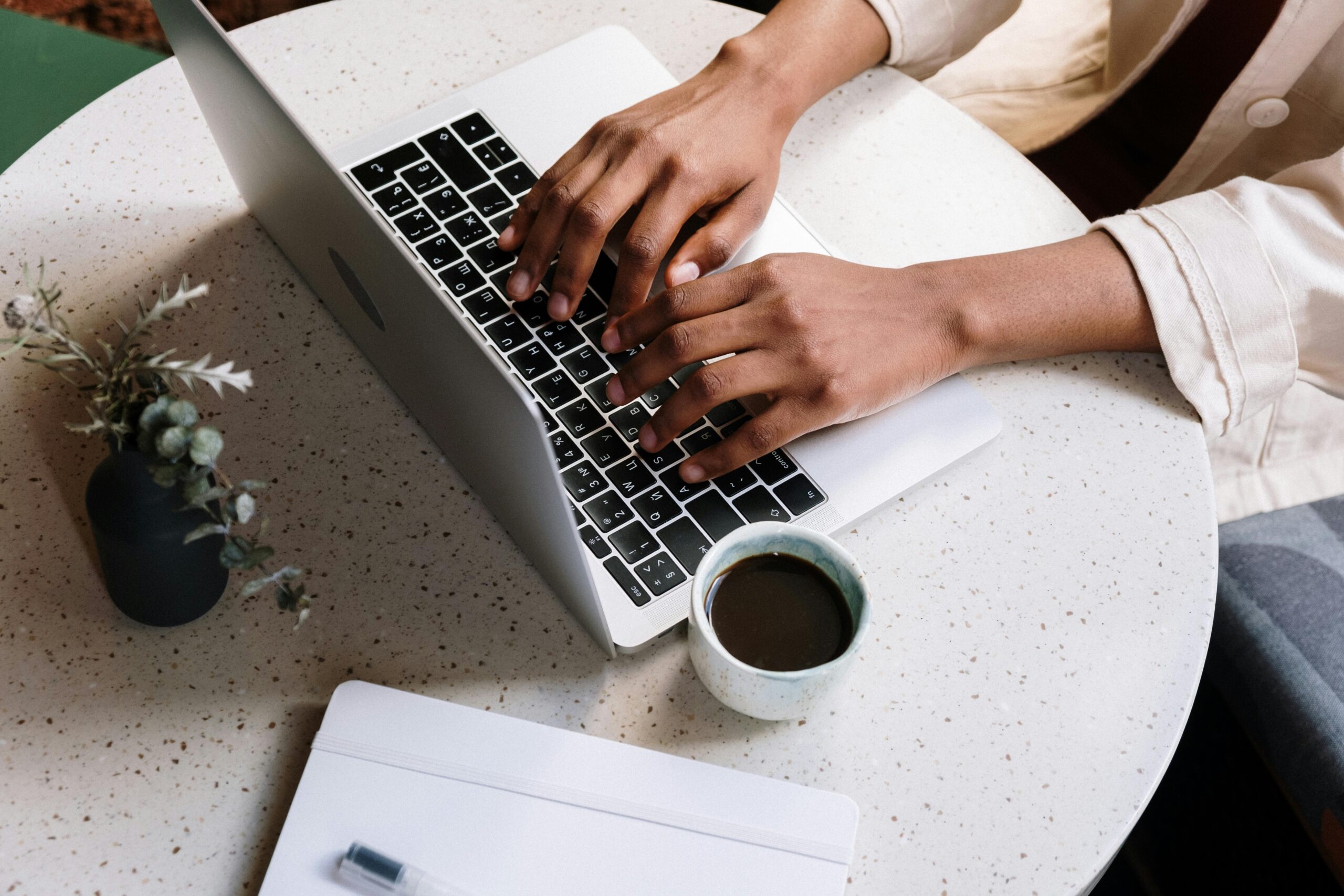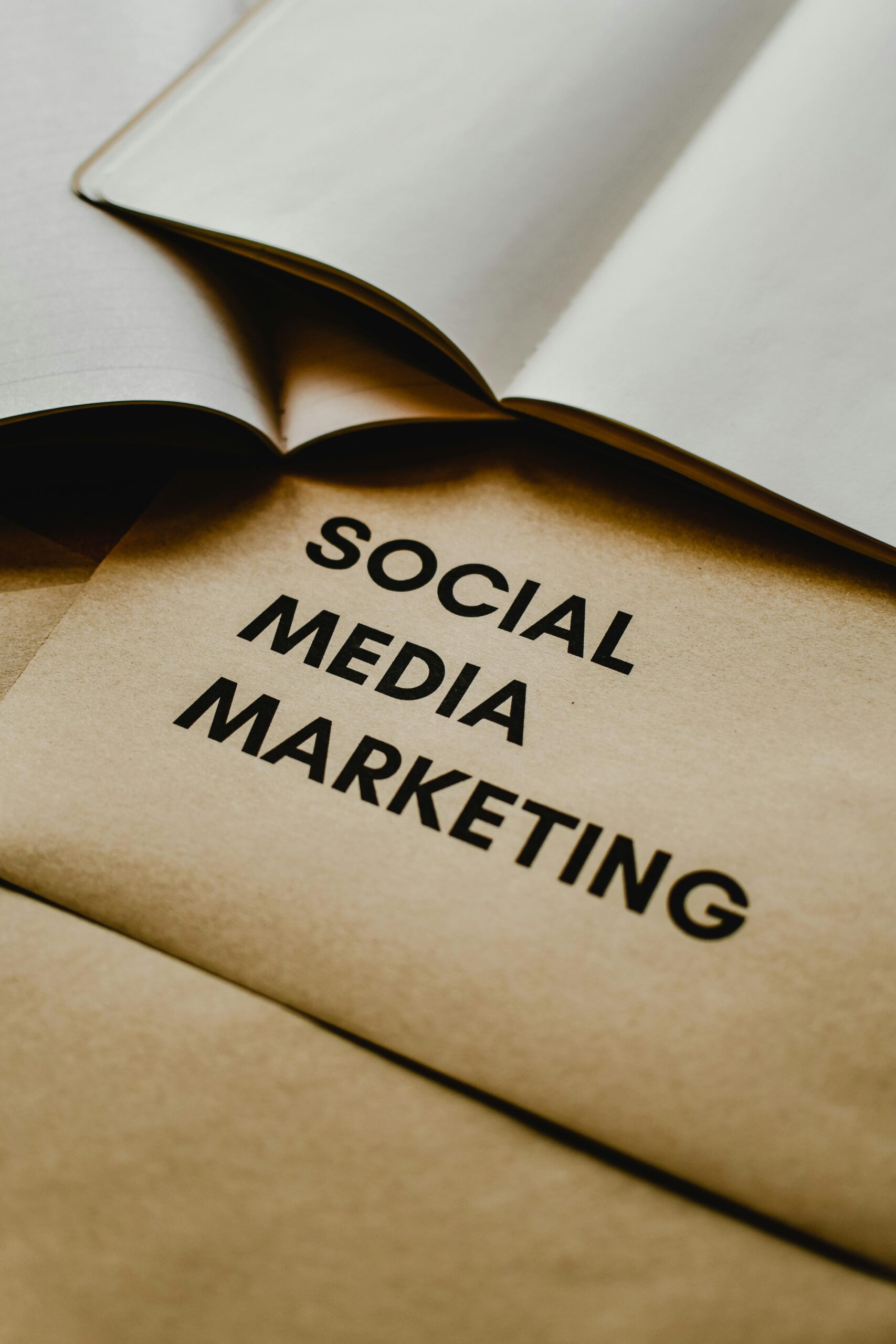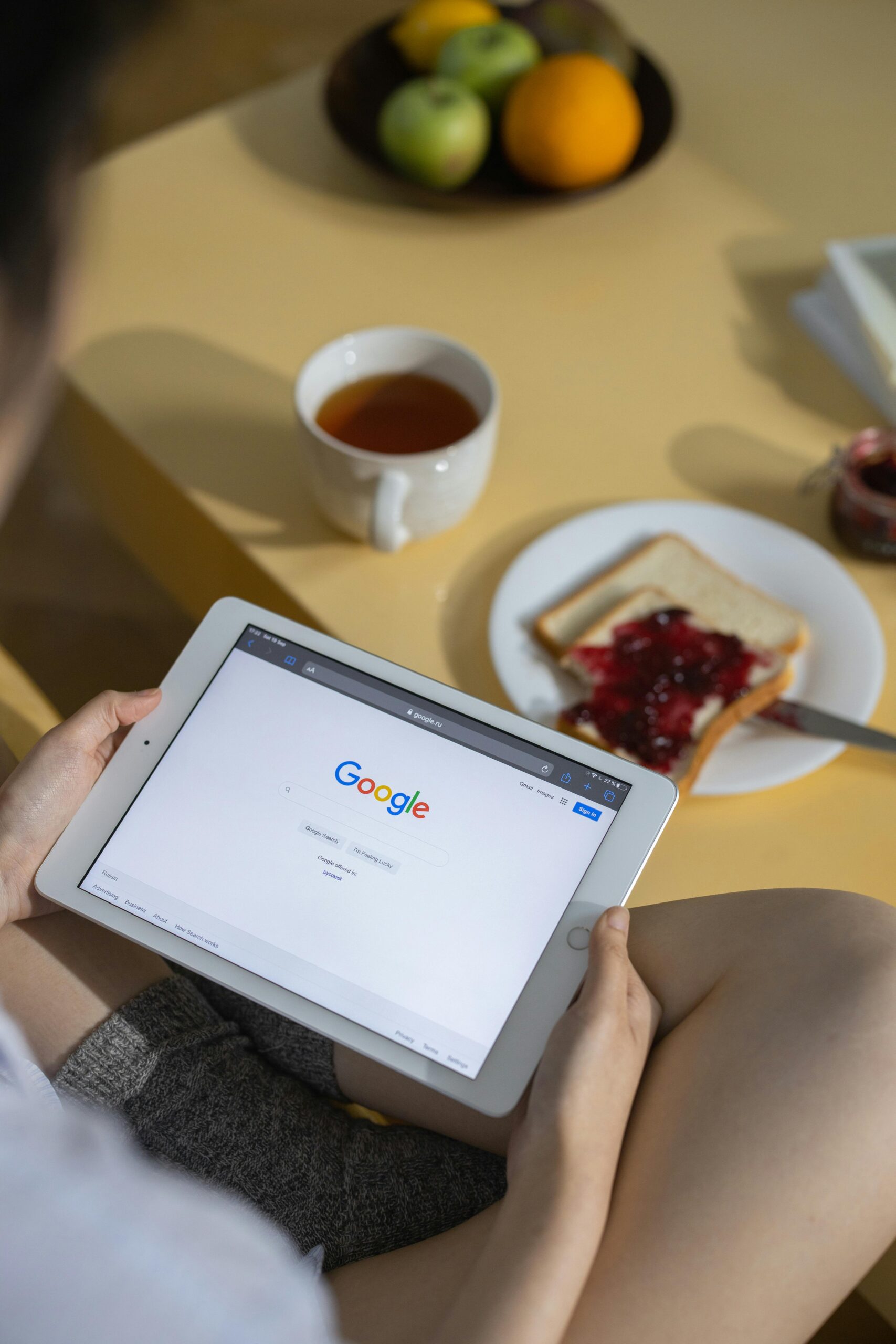In the fast-paced world of technology, one question continues to stir curiosity and controversy: Can artificial intelligence match or even surpass human creativity? As we step into the heart of 2025, the battle between AI-generated innovation and human imagination is more intense—and fascinating—than ever.
🔍 Understanding the Core Difference
At its essence, creativity is the ability to generate new, original, and valuable ideas. Humans do this through emotion, experience, cultural context, and abstract thinking. On the other hand, AI mimics patterns based on massive datasets, learning from what’s already been done.
While human creativity is intuitive and inspired, AI creativity is calculated and predictive.
🧠 AI’s Creative Leap in 2025
In 2025, AI systems have evolved beyond simple automation. Tools like ChatGPT-4.5, DALL·E 4, Midjourney V7, and Sora can now generate:
- Stunning artwork
- Original music compositions
- Poetry and storytelling
- Video content with AI avatars
- Software code with optimized design patterns
These tools are being used across industries—advertising, design, education, and even filmmaking—to accelerate idea generation and reduce production time.
👨🎨 What Humans Still Do Better
Despite AI’s power, there are key areas where human creativity still leads:
- Emotional intelligence: AI lacks real empathy and the lived human experience.
- Original thought: AI can remix, but it struggles with truly novel ideas.
- Ethical reasoning: Creative decisions often involve morality, which AI doesn’t inherently understand.
- Cultural context: Humor, sarcasm, and symbolism are hard for machines to grasp.
Humans provide the “why” behind creation—something AI hasn’t mastered.
🤝 Collaboration, Not Competition
Rather than viewing AI as a rival, many creators now treat it as a co-pilot. For example:
- Writers use AI for brainstorming plotlines.
- Designers use AI for mood boards and concept art.
- Musicians remix AI-generated beats with human vocals.
- Developers speed up coding with AI pair programmers.
In 2025, the most powerful creative teams are those that combine human vision with machine precision.
🔮 What Lies Ahead?
By 2030, we may see:
- AI tools with stronger emotional and contextual awareness.
- Personalized creativity assistants for every profession.
- Creative fields redefined, with new roles emerging like “AI Creative Directors.”
Still, the soul of creativity—driven by love, loss, hope, and rebellion—will likely remain human.
📝 Final Thoughts
AI isn’t here to replace human creativity—it’s here to amplify it. In 2025, the smartest creators aren’t fighting AI. They’re partnering with it to break new ground.
So the real question isn’t AI vs Human Creativity.
It’s: What can we create together?






